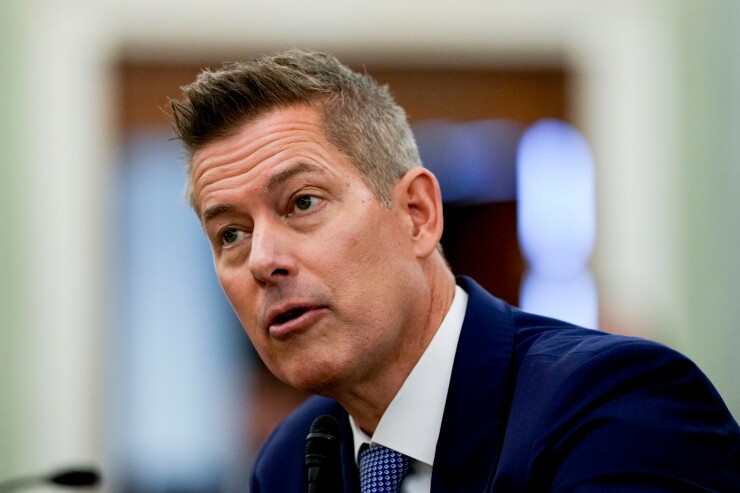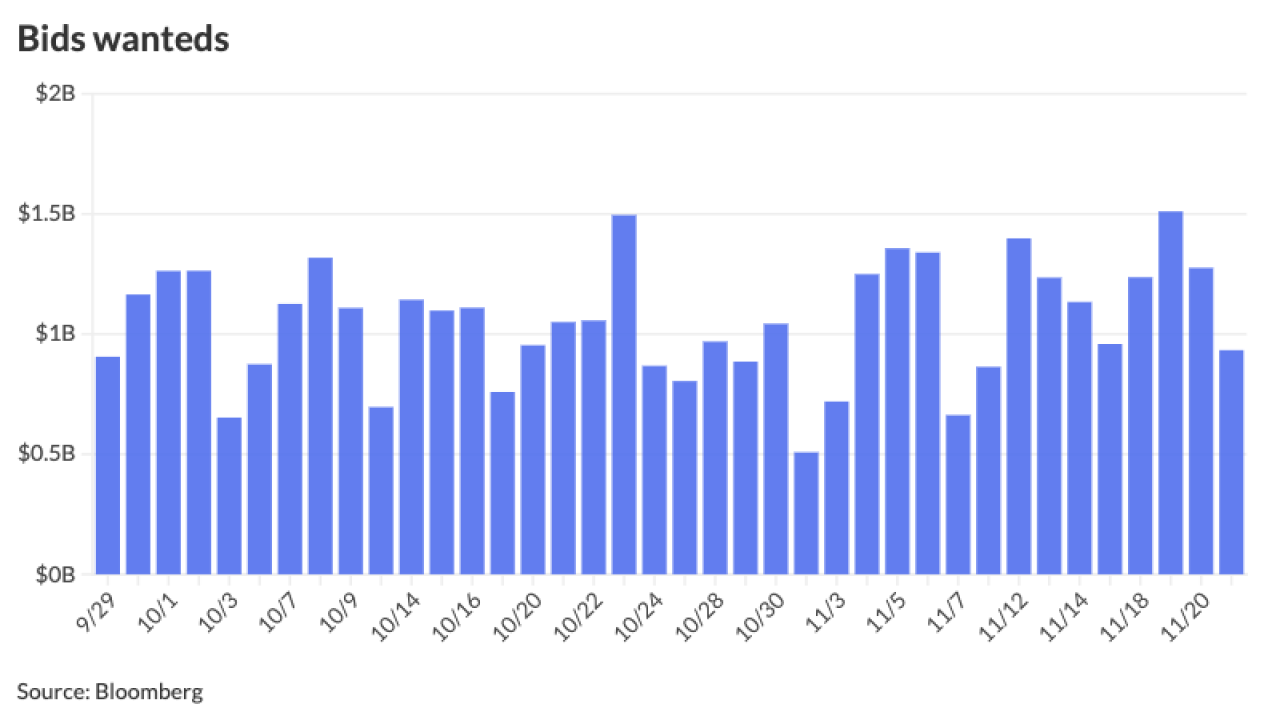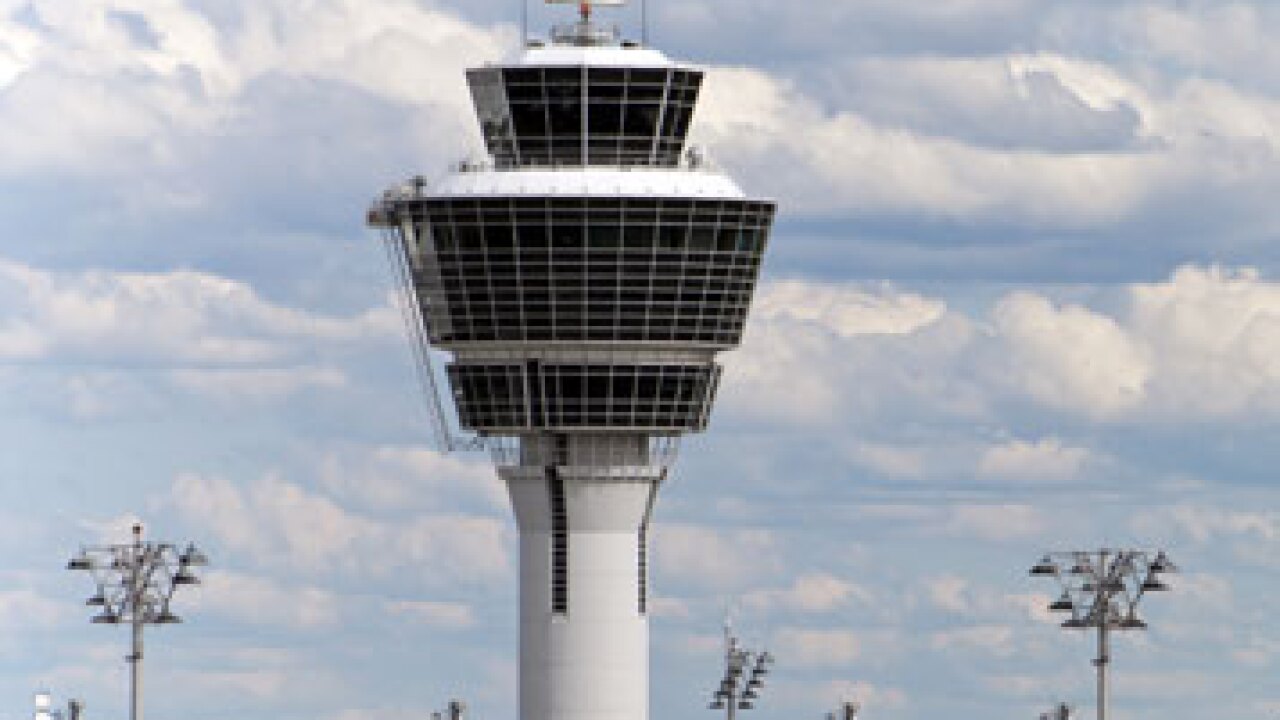
Transportation infrastructure project sponsors will now be able to tap the well-known Transportation Infrastructure Finance and Innovation Act loans for nearly half their costs under a policy shift announced Monday by the Trump administration.
The U.S. Department of Transportation, which oversees the popular financing tool, lifted the financing cap to 49% from the current 33% cap for all categories of transportation projects. Traditionally only transit-related development projects have been eligible for the higher cap.
The move is an effort to accelerate projects, said Transportation Secretary Sean Duffy Monday.
"Unleashing the full value of the TIFIA program represents another step forward in getting America building again," Duffy said. The long-standing 33% cap has been "a roadblock for many project sponsors seeking to build critical infrastructure," the DOT said.
The TIFIA program, established in 1998, provides credit assistance like low-interest loans for transportation infrastructure projects of regional and national significance. The interest rates are typically equivalent to Treasury rates with maturities of up to 35 years and
The loans, which must be repaid using non-federal funding, aim to "fill market gaps and leverage substantial private co-investment through supplemental, subordinate investment in critical improvements to the nation's transportation system,"
The TIFIA program so far has supported the delivery of more than $150 billion in infrastructure investment through over $52 billion in flexible, low-cost loans, said Build America Bureau executive director Morteza Farajian in a statement.
"By removing unnecessary barriers after careful analysis, we're helping to open the door for every type of project to receive the same benefits and level of support from this administration," Farajian said.
It's a well-known program in the public-private partnership and infrastructure finance sectors, though some
The cap expansion is a significant change that may signal the administration's efforts to extend the program to rural areas that have not tapped the program as much as suburban or urban areas, said Baruch Feigenbaum, senior managing director of transportation policy at Reason Foundation
The move may create some problems, Feigenbaum warned.
"I have some real concerns," he said. Transportation infrastructure projects should be funded by a variety of different sources, such as private activity bonds, equity, and toll revenue, Feigenbaum said.
"TIFIA funding is supposed to be just part of the overall project, and I'm comfortable with a third but not as much with half of the financing," he said. "There's a risk these projects or loans could go south," he said.
"I also worry it could crowd out other needed projects," he said. That's partly because the TIFIA program is scored as funding in surface transportation bills, even though technically it's a financing program.
"So there's always been a tension between TIFIA and formula funding or grants," Feigenbaum said. "My concern is that if you're giving a project 50%, there might be other projects that now you just don't have the financing authority for."
The level of funding for TIFIA in the next surface transportation bill may become a point of contention, he added.
"We heard there may be a fight between the rural folks, saying they want more formula and grant funding, and the suburban folks saying TIFIA is a valuable resource," Feigenbaum said. "It's early so it's hard to know how this will shake out."





